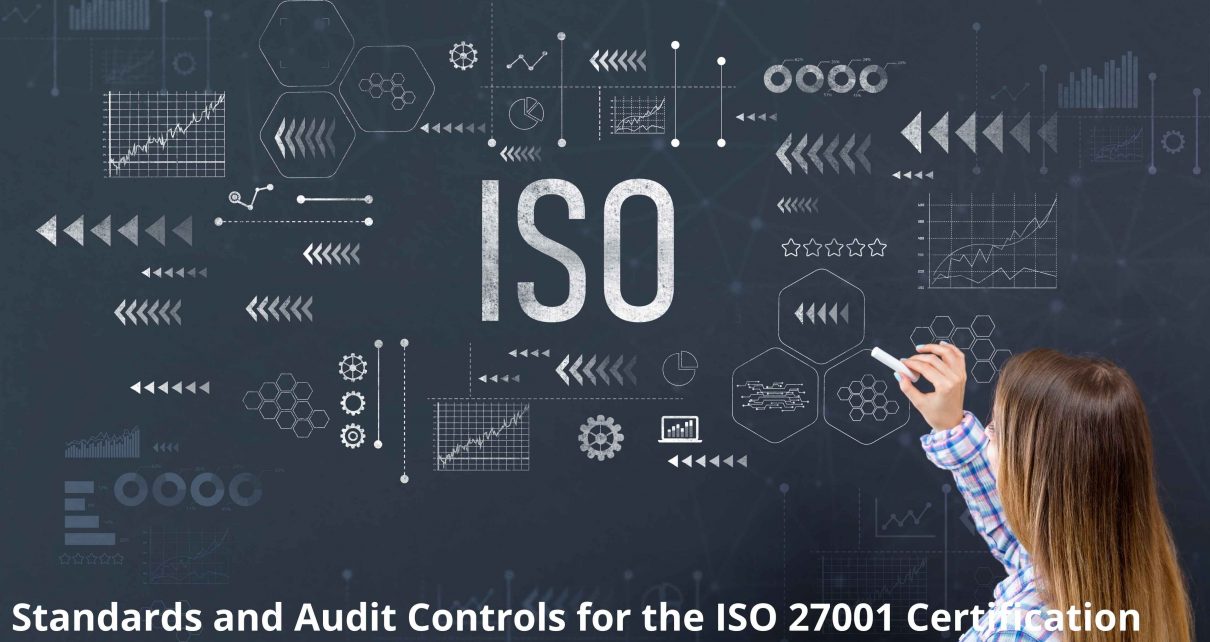Informally known as ISO, the International Organization for Standardisation develops and publishes international quality standards for various goods. With the rise of the internet and digital technologies, it’s become more important to standardize these fields according to ISO. For this reason, the ISO 27001 certification was created to provide an organization’s information security management system (ISMS) structure and evaluate the organization’s information security. Checklists are included to ensure that data is handled, managed, and utilized following all applicable rules.
Obtaining ISO 27001 Certification Requires Compliance with Specific Standards
The participation of both internal and external business stakeholders is required for an ISO certification. It is not an essential checklist that can be checked off for certification, so getting it may take many years. Ensure your ISMS is correctly equipped with controls and addresses all of your technology’s risk elements before seeking certification. Following is a breakdown of the 12 parts that make up ISO 27001 standards:
Standards and Audit Controls for the ISO 27001 Certification
- Has an introduction explaining the company’s concept of information security and the reasons for risk management.
- Focus on the essential elements of an ISMS inside a company.
- The connection and differences between ISO 27000 and ISO 27001 are explained using normative references.
- There are a lot of complicated terminologies in the ISO standard. Therefore this section defines them.
- This section describes how the organization must be engaged in ISMS maintenance and decision-making.
- Management and organizational leaders must dedicate themselves personally to ISMS policies for the organization to succeed.
- Risk management planning is included in the preparation.
- Describe how to increase awareness about IS by outlining duties and techniques.
- Explains how to manage and record how to carry out the audit requirements.
- Gives recommendations for measuring and monitoring ISMS effectiveness via performance assessment.
- Improvements to the ISMS’s ability to update and develop.
- One can find a further explanation of all the audit components in the reference control goals.
Controls for ISO 27001 audits
During compliance checks, certification audits record a set of controls known as an audit controls list. There are 14 controls in all, as shown below.
- Access Control- describing and maintaining access rights inside the organization.
- Asset Management- It has information about the ISMS’s database, software, and hardware asset management.
- Communications Security-This section will talk about the security of communication networks both within and outside the organization.
- Compliance– indicates an organization’s adherence to industry or government rules.
- Cryptography- states the company’s encryption methods.
- Human Resource Security- Defines the cybersecurity procedure throughout employee onboarding and offboarding for HR security.
- Information security aspects of business continuity management- As part of business continuity management, the actions required to address business interruptions are discussed in Chapter 7.
- Information Security Incident Management- Shows how to handle security breaches and unusual events.
- Information Security Policies– Documented and approved policies for information security are implemented.
- Operations Security– This section deals with data flow, collection, and storage security.
- The organization of Information Security– To organize information security, use diagrams with clearly defined charts and roles that allocate top-priority tasks.
- Physical and Environmental Security- Building security measures to safeguard resources and equipment are “Physical and Environmental Security” (P&E).
- Supplier Relationships- When dealing with third-party clients or consumers, security procedures are taken into consideration.
System Acquisition, Development, and Maintenance- Adding new systems to the environment and ensuring their security is addressed by System Acquisition, Development, and Maintenance.

